Gamification is revolutionizing the way small enterprises approach marketing. By incorporating game design elements, businesses can create engaging experiences that captivate customers and drive growth.
In today’s competitive landscape, small businesses need innovative strategies to stand out. Gamification offers a unique opportunity to differentiate and connect with customers on a deeper level.
Table of Contents
What is gamification marketing and how does it work?
Gamification marketing is a strategy that applies game-like elements—such as points, rewards, challenges, and leaderboards—to engage customers and encourage specific actions. It works by making interactions with a brand more fun and rewarding, which increases customer participation, loyalty, and motivation. By turning marketing campaigns into interactive experiences, businesses can capture attention, boost engagement, and drive conversions more effectively than traditional methods.
Which businesses benefit most from gamification?
Businesses that benefit most from gamification are those that rely on customer engagement, motivation, and loyalty. This includes e-commerce platforms, fitness apps, educational services, and marketing-driven companies. By incorporating game-like elements—such as rewards, challenges, and progress tracking—these businesses can boost user interaction, increase retention, and encourage repeat actions, ultimately driving growth and customer satisfaction.
Are You Ready to Transform Your Small Business Marketing with Gamification?
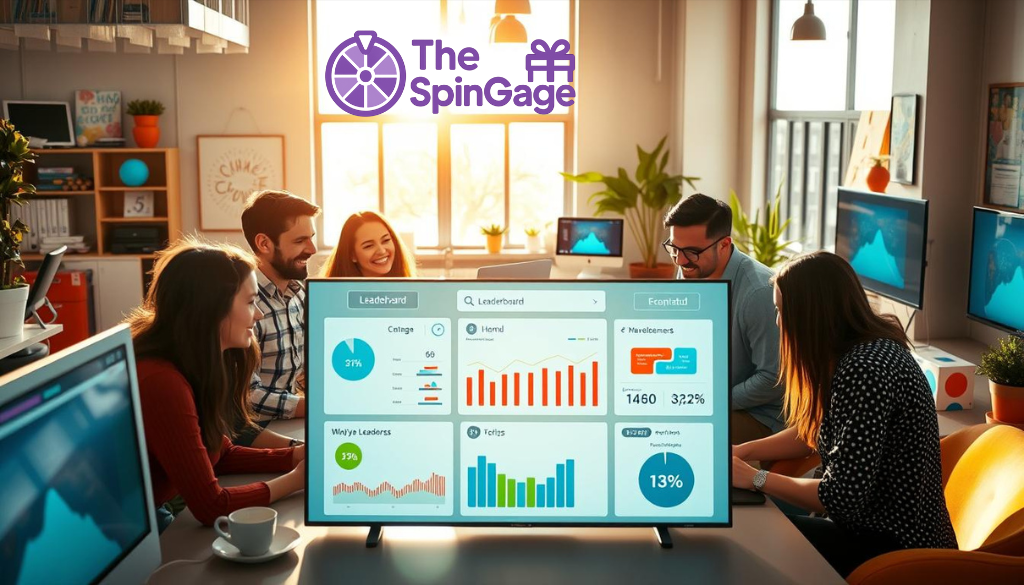
In today’s rapidly evolving digital landscape, traditional marketing strategies are no longer enough to captivate your audience. The future of small business marketing lies in gamification—a revolutionary approach that incorporates game mechanics into your campaigns to drive engagement, loyalty, and growth. By leveraging points systems, interactive challenges, achievement badges, and personalized experiences, your business can create immersive interactions that not only capture attention but also foster long-term relationships with your customers.
Gamification empowers small businesses to stand out in a crowded market by turning routine marketing activities into exciting experiences. From mobile app challenges to social media contests and reward-based email campaigns, gamification taps into the psychology of motivation and reward, stimulating customer participation and retention. Moreover, with emerging technologies like AI-driven personalization, AR/VR experiences, and blockchain-enabled rewards, the possibilities for gamified marketing are virtually limitless.
Why does SpinGage make gamification accessible to any merchant?
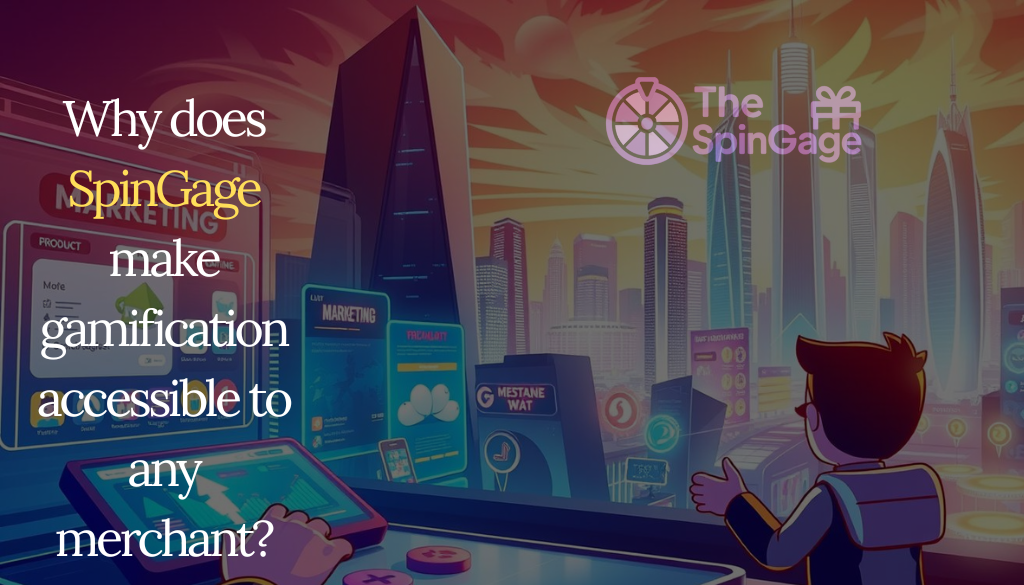
SpinGage makes gamification accessible to any merchant by offering an easy-to-use platform that doesn’t require technical expertise. It provides ready-made, customizable game-based marketing tools that can be quickly integrated into websites or apps, allowing merchants of all sizes to engage customers, boost loyalty, and drive sales without the need for complex development or large budgets.
Don’t let your business get left behind—embrace gamification to drive measurable results, build loyal customer communities, and gain a competitive edge. Explore practical strategies, implement engaging campaigns, and measure your success with data-driven insights to continuously enhance your marketing efforts.
Take the first step toward gamified marketing success today!
Visit The SpinGage to Learn More
What is Gamification in Business Marketing?
In the digital age, gamification has emerged as a powerful tool in business marketing. It involves the application of game design elements and mechanics to non-game contexts, such as marketing campaigns, to drive engagement and customer loyalty.
Definition and Core Concepts
Gamification is built around several core concepts, including game mechanics, player journey, and experience design. Game mechanics refer to the rules and systems that govern gameplay, which can be adapted to marketing contexts to encourage desired customer behaviors.
Game Mechanics in Marketing Context
In marketing, game mechanics such as points, badges, and leaderboards are used to incentivize customer actions. For instance, a loyalty program might reward customers with points for every purchase, redeemable for discounts or exclusive offers.
Player Journey and Experience Design
The player journey involves designing an experience that engages customers at various touchpoints. Effective experience design ensures that the gamified experience is enjoyable, intuitive, and rewarding, fostering a positive association with the brand.
Evolution of Gamification in Marketing
The evolution of gamification in marketing has been marked by significant milestones, from traditional loyalty cards to sophisticated digital experiences. Digital technologies have enabled businesses to create more complex and engaging gamified experiences.
From Loyalty Cards to Digital Experiences
Loyalty cards were among the first gamification strategies, offering rewards for repeat purchases. Today, digital experiences include interactive campaigns on social media and mobile apps, offering a more immersive and personalized experience.
Current State of Marketing Gamification
Currently, marketing gamification is characterized by the use of advanced technologies like AI and analytics to create highly personalized experiences. Businesses are leveraging these technologies to enhance customer engagement and loyalty.
Why Small Businesses Should Embrace Gamification
Gamification is revolutionizing the way small businesses interact with their customers, offering a fresh and exciting approach to marketing. By incorporating game elements into their strategies, small businesses can reap numerous benefits that enhance their overall marketing efforts.
Engagement Benefits
Gamification significantly boosts customer engagement by making interactions more enjoyable and rewarding. Interactive experiences encourage customers to participate actively, rather than passively receiving marketing messages.
Brand Loyalty Enhancement
By implementing gamification, small businesses can foster brand loyalty. Reward systems and challenges motivate customers to return and engage with the brand repeatedly, strengthening their loyalty.
Competitive Advantage
In a crowded market, gamification provides a unique competitive advantage. Small businesses that adopt gamified marketing strategies stand out from their competitors, attracting more customers and differentiating their brand.
Overall, gamification offers small businesses a powerful tool to enhance customer engagement, build brand loyalty, and gain a competitive edge in the market.
The Psychology Behind Gamified Marketing
By understanding the psychology behind gamified marketing, businesses can create more engaging customer experiences. Gamification taps into fundamental psychological motivators, driving customer engagement and loyalty. This section explores the psychological aspects that make gamification an effective marketing strategy.
Motivation and Reward Systems
Gamification leverages motivation and reward systems to influence customer behavior. These systems are designed to encourage participation and engagement through challenges, rewards, and recognition.
Intrinsic vs. Extrinsic Motivators
Understanding the difference between intrinsic and extrinsic motivators is crucial. Intrinsic motivators are driven by personal satisfaction, while extrinsic motivators are influenced by external rewards. Effective gamification strategies often combine both to maximize engagement.
The Dopamine Effect in Customer Engagement
The dopamine effect plays a significant role in gamified marketing. Dopamine release is associated with pleasure and reward, encouraging customers to repeat behaviors. By designing experiences that trigger dopamine release, businesses can foster a loyal customer base.
Customer Behavior Insights
Gamification provides valuable insights into customer behavior. By analyzing how customers interact with gamified elements, businesses can gain a deeper understanding of their preferences and behaviors.
Data Collection Through Gameplay
Gamified experiences offer a unique opportunity for data collection. By tracking customer interactions within gamified systems, businesses can gather data on customer preferences, behaviors, and pain points.
Personalization Opportunities
The data collected through gamification can be used to create personalized marketing strategies. By understanding individual customer behaviors, businesses can tailor their marketing efforts to better meet customer needs, enhancing the overall customer experience.

Effective Gamification Strategies for Small Business Marketing
In the realm of small business marketing, gamification is emerging as a powerful tool to drive customer engagement. By incorporating game elements into their marketing campaigns, small businesses can create a more interactive and enjoyable experience for their customers.
Loyalty Programs with Game Elements
Loyalty programs that incorporate game elements can significantly boost customer retention. For example, businesses can create a points system where customers earn points for every purchase, redeemable for rewards. Key elements include:
- Point systems
- Badges for achievements
- Leaderboards
Interactive Content Creation
Interactive content such as quizzes, polls, and interactive videos can engage customers more effectively than static content. Creating interactive content that is both fun and relevant to the business’s products or services can enhance customer engagement.

Contests and Challenges
Running contests and challenges is another effective way to engage customers. By encouraging customers to participate in contests or challenges, businesses can create a buzz around their products or services. Examples include:
- Photo contests
- Caption contests
- Referral challenges
Implementing Gamification on Social Media Platforms
Social media platforms offer a unique opportunity for small businesses to implement gamification and drive customer interaction. By leveraging the interactive nature of social media, businesses can create engaging experiences that foster brand loyalty and encourage customer participation.
Facebook Strategies
On Facebook, businesses can use gamification elements such as contests, quizzes, and challenges to engage their audience. For instance, creating a Facebook Group where members can participate in discussions or complete tasks to earn rewards can be an effective strategy. Utilizing Facebook’s built-in features like polls and quizzes can also enhance user engagement.
Instagram Engagement Tactics
Instagram’s visual-centric platform is ideal for gamification strategies that involve visually appealing content. Businesses can create challenges or contests that encourage users to share photos or videos using a specific hashtag. Influencer partnerships can also be leveraged to promote gamified campaigns and reach a wider audience.
TikTok and Emerging Platforms
TikTok’s short-form video format presents opportunities for creative gamification, such as dance challenges or video contests. As new social media platforms emerge, small businesses should be prepared to adapt their gamification strategies to these new environments, focusing on the unique features and user behaviors of each platform.

Email Marketing Gamification Techniques
The integration of gamification techniques in email marketing campaigns is proving to be a game-changer for small businesses. By making emails more interactive and engaging, businesses can significantly improve customer interaction and conversion rates.
Interactive Emails
Interactive emails are a powerful tool in email marketing gamification. They encourage recipients to engage actively with the content, rather than just reading it passively.
Clickable Games and Puzzles
Incorporating clickable games and puzzles into emails can increase engagement. These elements entertain the recipient and can be designed to lead the customer through a sales funnel or to a specific landing page.
Scratch-to-Reveal Offers
Scratch-to-reveal offers are another interactive element that can be used in email marketing. They create a sense of excitement and can be used to reveal discounts, special offers, or other incentives.
Reward-Based Email Campaigns
Reward-based email campaigns are designed to motivate customers by offering rewards for certain actions or achievements. This approach not only enhances customer engagement but also fosters loyalty.
Point Systems and Achievements
Implementing point systems and achievements in email campaigns can encourage customers to perform desired actions, such as making a purchase or referring friends.
Tiered Rewards and Exclusivity
Tiered rewards and exclusivity programs make customers feel valued and recognized. By offering different levels of rewards based on customer behavior or loyalty, businesses can create a sense of progression and achievement.

“The key to successful email marketing is not just about sending emails, it’s about creating experiences.”
By incorporating gamification techniques, businesses can create more engaging and memorable experiences for their customers.
Mobile App Gamification for Small Businesses
As mobile devices continue to dominate the digital landscape, small businesses are increasingly turning to mobile app gamification to enhance customer engagement. By incorporating game elements into their mobile apps, businesses can create a more interactive and rewarding experience for their customers.
App Features That Drive Engagement
Several app features can significantly drive customer engagement when gamification is applied effectively. These include progress bars, achievement badges, and in-app challenges.
Progress Bars and Achievement Badges
Progress bars visually represent a customer’s progress towards a goal, motivating them to continue engaging with the app. Achievement badges serve as rewards for completing specific tasks or reaching certain milestones, providing a sense of accomplishment.
In-App Challenges and Rewards
In-app challenges encourage customers to participate in specific activities, such as completing a certain number of purchases or referring friends. Rewards for these challenges can be in the form of discounts, exclusive content, or other incentives.
Success Stories and Examples
Several small businesses have seen significant success with mobile app gamification. For instance, a retail app that implemented a points system and rewards for frequent shoppers saw a 30% increase in customer retention. Another example is a fitness app that used in-app challenges to encourage users to reach their fitness goals, resulting in a 25% increase in user engagement.
| Business Type | Gamification Strategy | Result |
|---|---|---|
| Retail | Points system and rewards | 30% increase in customer retention |
| Fitness | In-app challenges | 25% increase in user engagement |
As stated by a marketing expert, “Gamification is not just about making the experience more enjoyable; it’s about creating a meaningful interaction that drives business results.” By leveraging the right gamification strategies, small businesses can enhance their marketing efforts and build stronger connections with their customers.
Measuring the Success of Gamified Business Marketing Campaigns
To effectively measure the success of gamified marketing campaigns, businesses must adopt a comprehensive approach that encompasses various metrics and tools. This ensures that the impact of gamification on their marketing efforts is accurately assessed.
Key Performance Indicators
Key Performance Indicators (KPIs) are crucial for evaluating the success of gamified marketing campaigns. Engagement rates, customer retention, and conversion rates are some of the primary KPIs that businesses should track. By monitoring these indicators, small businesses can gain insights into how their gamification strategies are performing.
Analytics Tools and Dashboards
Utilizing analytics tools and dashboards is vital for collecting and analyzing data on gamified marketing campaigns. Tools like Google Analytics can provide detailed insights into user behavior, helping businesses understand the effectiveness of their gamification efforts. Customizable dashboards can further enhance this analysis by allowing businesses to focus on specific metrics.
ROI Calculation Methods
Calculating the Return on Investment (ROI) of gamified marketing campaigns is essential for understanding their financial impact. Businesses can use various ROI calculation methods, including comparing the revenue generated by a campaign to its cost. The following table illustrates a simple ROI calculation:
| Campaign | Cost | Revenue | ROI |
|---|---|---|---|
| Gamified Campaign | $1,000 | $1,500 | 50% |
By adopting these measurement strategies, small businesses can effectively evaluate the success of their gamified marketing campaigns and make informed decisions for future marketing initiatives.
Common Challenges in Gamification Implementation
The path to successful gamification is not always straightforward for small businesses. While gamification can be a powerful tool for enhancing customer engagement and loyalty, its implementation is fraught with challenges.
Overcoming Budget Constraints
Small businesses often face budget constraints that limit their ability to invest in complex gamification strategies. To overcome this, businesses can start with simple, cost-effective gamification elements, such as loyalty programs or contests, and gradually scale up as they see results.
Navigating Technical Implementation Hurdles
Technical issues can also hinder gamification efforts. To mitigate this, small businesses can leverage user-friendly gamification platforms and tools that require minimal technical expertise. For instance, integrating gamification elements into existing online advertising campaigns can be done through platforms that offer drag-and-drop functionality.
Maintaining Long-Term Engagement
Another significant challenge is maintaining long-term customer engagement. To achieve this, businesses must continually update and refresh their gamification strategies to keep customers interested. This can involve introducing new challenges, rewards, or game elements over time.
Integrating Gamification with Traditional Marketing Approaches
As small businesses continue to evolve their marketing strategies, integrating gamification with traditional approaches becomes increasingly crucial. This blend allows businesses to leverage the strengths of both modern and conventional marketing methods, creating a more robust and engaging marketing ecosystem.
Blending Online and Offline Experiences
One key aspect of integrating gamification with traditional marketing is blending online and offline experiences. For instance, a business can create a gamified loyalty program that rewards customers for purchases made in-store, while also encouraging them to share their experiences on social media using a specific hashtag. This approach not only enhances customer engagement but also bridges the gap between online and offline marketing channels.
By using gamification elements such as points, badges, or leaderboards in conjunction with traditional marketing tactics like print advertisements or in-store promotions, businesses can create a cohesive and multi-channel marketing strategy. This integration can lead to increased brand loyalty and a more memorable customer experience.
Creating Cohesive Marketing Ecosystems
To effectively integrate gamification with traditional marketing, businesses must focus on creating a cohesive marketing ecosystem. This involves aligning gamification elements with the overall marketing strategy and ensuring that all marketing channels are working together seamlessly.
For example, a business might launch a social media campaign that encourages users to participate in a challenge or contest, while also offering in-store promotions that complement the online campaign. By creating this kind of cohesive ecosystem, businesses can maximize the impact of their marketing efforts and drive greater customer engagement.
Future Trends in Gamified Small Business Marketing
As we look to the future, gamified small business marketing is poised to undergo significant transformations. The integration of emerging technologies will play a crucial role in shaping the landscape of gamification.
Augmented Reality (AR) and Virtual Reality (VR) Integration
The use of AR and VR in gamified marketing is expected to rise, offering immersive experiences that captivate customers. Marketing analytics will be crucial in measuring the success of these campaigns.
AI-Powered Personalization
Artificial intelligence (AI) will enable more personalized gamified experiences, tailoring interactions to individual customer preferences. This will be particularly effective in email marketing campaigns, where personalized content can significantly boost engagement.
“The future of marketing lies in creating personalized experiences that resonate with customers on a deeper level.”
Blockchain and NFT Applications
The integration of blockchain technology and Non-Fungible Tokens (NFTs) will introduce new dimensions to gamified marketing, offering unique rewards and experiences. This will open up innovative avenues for customer engagement and loyalty programs.
- Enhanced security through blockchain
- Unique digital collectibles via NFTs
- New models for customer rewards and engagement
Conclusion
As we’ve explored throughout this article, gamification has the potential to revolutionize small business marketing by increasing customer engagement, enhancing brand loyalty, and driving sales.
By incorporating game elements into their marketing strategies, small businesses can create immersive experiences that captivate their target audience and set them apart from the competition.
As the marketing landscape continues to evolve, it’s clear that gamification will play a significant role in shaping the future of business marketing. With the rise of emerging technologies like AR and VR, the possibilities for gamification are endless.
By embracing gamification and staying ahead of the curve, small businesses can position themselves for success and thrive in an increasingly competitive market.
FAQ
What is gamification in the context of small business marketing?
Gamification in small business marketing refers to the use of game mechanics and elements to enhance customer engagement, drive sales, and promote brand loyalty. It involves applying game design principles to non-game contexts, such as marketing campaigns, to make them more interactive and appealing.
How can gamification benefit my small business?
Gamification can benefit your small business by increasing customer engagement, improving brand loyalty, and providing a competitive advantage. By incorporating game elements into your marketing strategies, you can create a more immersive and memorable experience for your customers.
What are some effective gamification strategies for small businesses?
Effective gamification strategies for small businesses include loyalty programs with game elements, interactive content creation, contests, and challenges. These strategies can be implemented across various marketing channels, including social media, email marketing, and mobile apps.
How can I measure the success of my gamified marketing campaigns?
To measure the success of your gamified marketing campaigns, you can use key performance indicators (KPIs) such as engagement rates, conversion rates, and customer retention. Analytics tools and dashboards can also help you track the performance of your campaigns and make data-driven decisions.
What are some common challenges in implementing gamification, and how can I overcome them?
Common challenges in implementing gamification include budget constraints, technical implementation hurdles, and maintaining long-term engagement. To overcome these challenges, you can start with simple gamification strategies, leverage existing technology, and continually monitor and adjust your campaigns to keep customers engaged.
How can I integrate gamification with my traditional marketing approaches?
To integrate gamification with your traditional marketing approaches, you can blend online and offline experiences, creating a cohesive marketing ecosystem. This can involve incorporating game elements into your existing marketing channels, such as loyalty programs, email marketing, and social media campaigns.
What are some future trends in gamified small business marketing that I should be aware of?
Future trends in gamified small business marketing include the integration of augmented reality (AR) and virtual reality (VR), AI-powered personalization, and the applications of blockchain and non-fungible tokens (NFTs). Staying ahead of these trends can help you remain competitive and innovative in your marketing efforts.
Can gamification be used in email marketing campaigns?
Yes, gamification can be used in email marketing campaigns to make them more engaging and interactive. Techniques include interactive emails, clickable games, scratch-to-reveal offers, and reward-based campaigns, which can enhance customer engagement and drive conversions.
How can I use gamification in my social media marketing strategies?
To use gamification in your social media marketing strategies, you can create contests, challenges, and interactive content that encourages customer participation. Platforms like Facebook, Instagram, and TikTok offer various features and tools that can be leveraged for gamification, such as polls, quizzes, and live streaming.

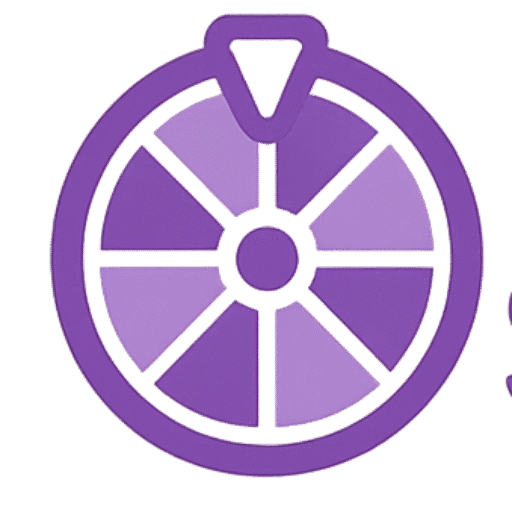

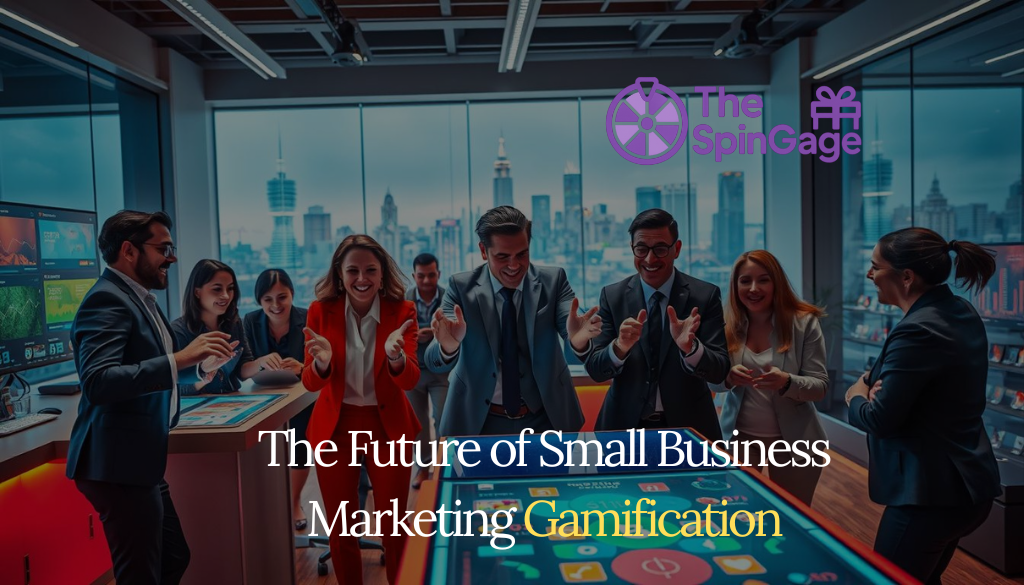
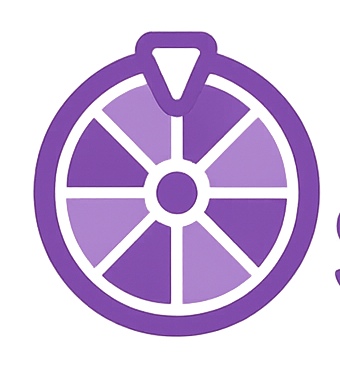

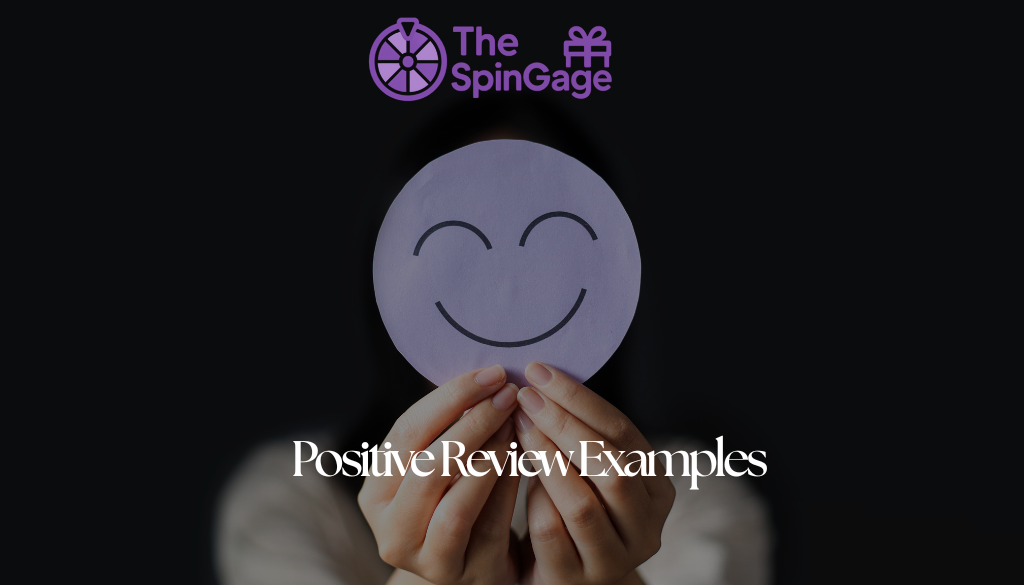
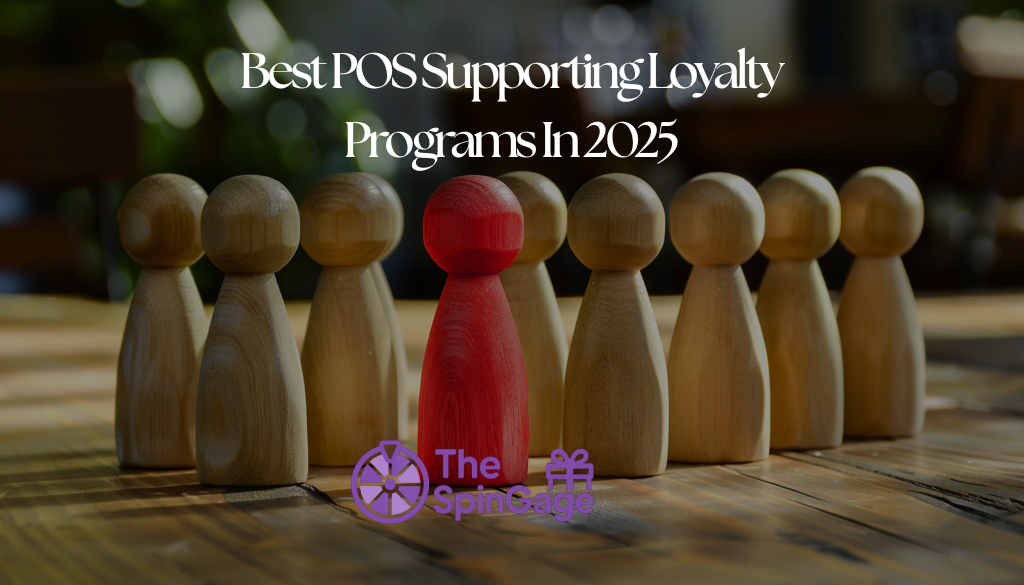




Leave a Reply